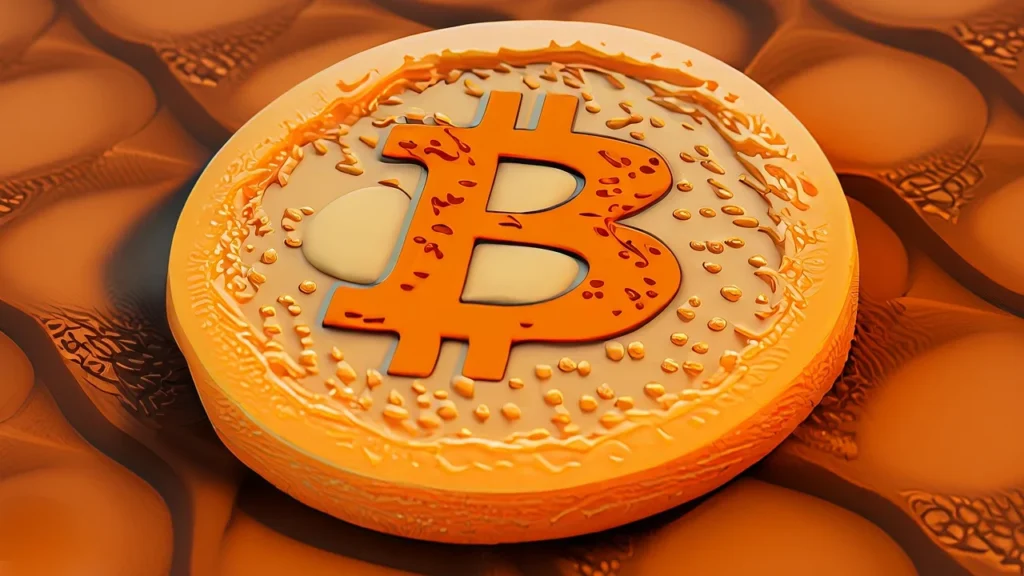As Bitcoin approaches the mining of its 20 millionth coin, it is almost reaching a significant supply mark. Bitcoin is valued at about $95,721 as of February 18, 2025, showing a small 0.53% market decline. Bitcoin Price Drop, With just one million bitcoins left to be mined, this event will affect the value, market mood, and mining dynamics of Bitcoin.
Given Bitcoin’s fixed supply cap of 21 million coins, which makes it among the most rare digital assets available, this milestone becomes even more important. Talks on Bitcoin’s long-term viability, investment possibilities, and economic consequences are getting more heated as this limited supply runs thinner.
20 Millionth Bitcoin and the Countdown to 2028 Halving
The rigorous algorithm used in Bitcoin mining lowers the rate of fresh BTC generation over time. Bitcoin’s Final 20 Million, A “halving” event reduces mining rewards in half every four years. Therefore guaranteeing that Bitcoin stays rare and deflationary.
Just two years before its second halving, Bitcoin is likely to reach the 20 million BTC mark in March 2026 Forepected for March 26, 2028, the fifth Bitcoin halving will reduce block rewards from 3.125 BTC to 1.5625 BTC each block. Bitcoin is thus increasingly scarce since the remaining one million bitcoins will take almost a century to be fully mined.
How has Bitcoin behaved historically?
Traditionally, halvings of Bitcoin have set off significant price swings. From $12 to over $1,000 in a year, Bitcoin shot up after the 2012 halving. Following the 2016 halving, BTC underwent a bull run, and by 2017 it had reached around $20,000. Bitcoin’s climb to an all-time high of $69,000 in 2021 was much aided by the most recent halving in 2020.

Given the approaching 2028 halving and the declining availability of Bitcoin, many investors fear a repeat of history. Bitcoin has been accumulating by institutional investors, hedge funds,and even companies like MicroStrategy, who consider it as “digital gold.” Should demand keep increasing while supply growth slows, Bitcoin might go through yet another record-breaking bull run.
Bitcoin Mining Payouts Diminish
As Bitcoin mining payouts diminish, mining activities will find growing profitability difficulties. The lowered block rewards mean that miners will have to depend more on transaction fees to keep their companies running. This change is probably going to generate more competition, whereby only the most effective mining activities with access to inexpensive energy will remain.
As miners give transactions with higher fees top priority, transaction fees may grow, and users may pay possibly more for them. As mining businesses aim to maximize their operations while lowering electricity costs, the reliance on reasonably priced energy sources may force the sector toward renewable energy supremacy.
Large-scale mining activities keep growing even if supply is declining. At its Michigan data center, Hyperscale Data, Inc. has revealed mining 19.2 bitcoins in January 2025, proving the continuous dedication to Bitcoin mining even as block rewards decrease.
Growing Significance of Bitcoin in World Finance
Institutional investors embrace Bitcoin since its fixed quantity and growing scarcity define it. Bitcoin’s Final 20 Million: Businesses including MicroStrategy, Tesla, and several hedge funds have included Bitcoin into their balance sheets as a counter against devaluation of currencies and inflation. With billions of dollars in investment.
The launch of Bitcoin exchange-traded funds (ETFs) has also driven general acceptance. With institutional investors seeing Bitcoin as a safe-haven asset akin to gold, its long-term price potential is being reinforced by increasing acceptance of it as a legitimate financial instrument.
Summary
Several important patterns are predicted to develop when Bitcoin passes the 20 million BTC mark and approaches its 2028 halving. Bitcoin is no longer, Higher demand resulting from increased scarcity will probably cause price appreciation. The mining sector will change such that transaction fees become. The main source of income, therefore fostering more creativity in environmentally friendly mining. It is projected that institutional adoption of Bitcoin would keep on, therefore enhancing its worldwide financial asset position.
[sp_easyaccordion id=”2654″]


